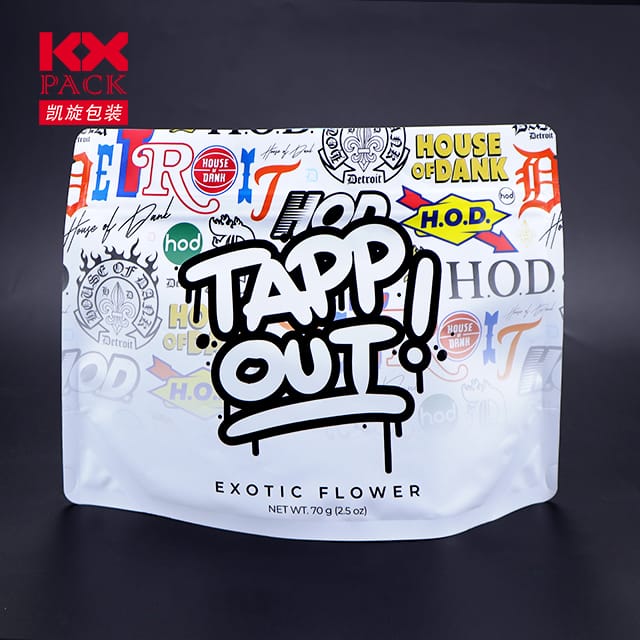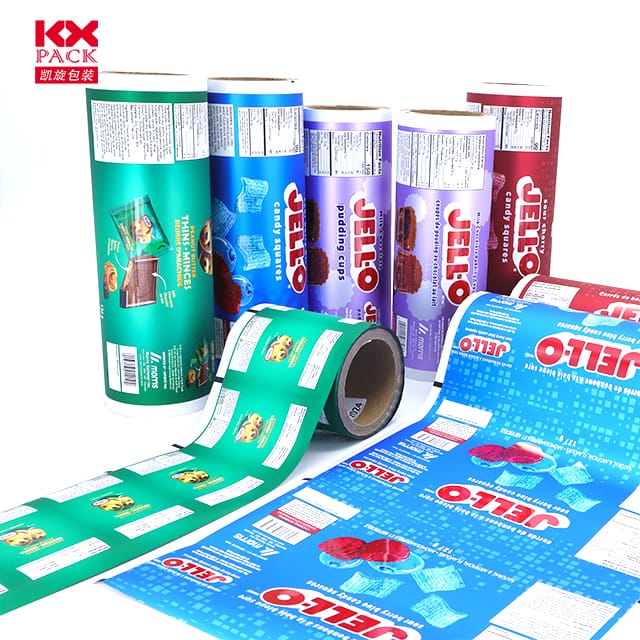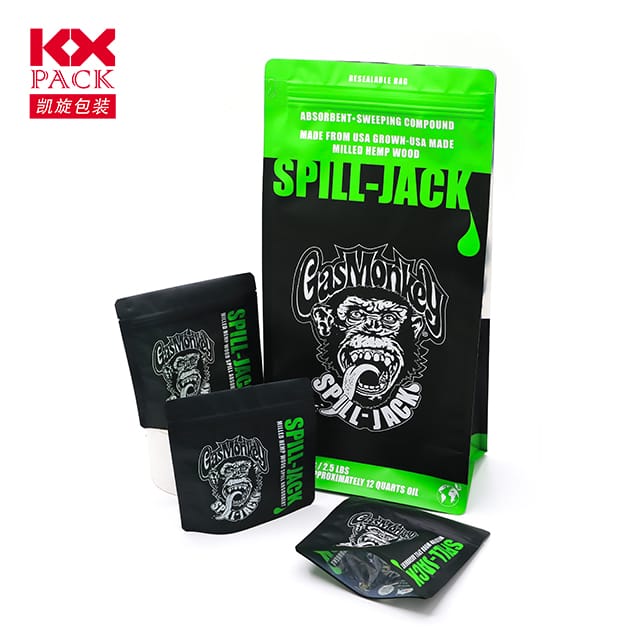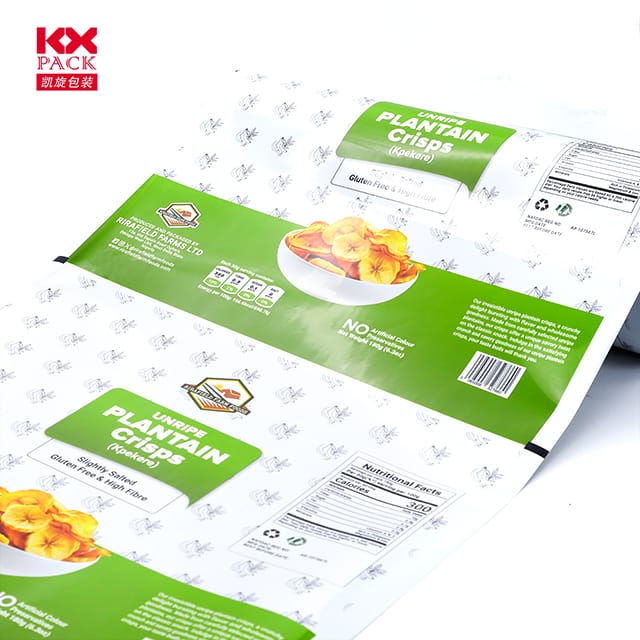The Double-Edged Sword of Plastic Film for Wrapping: Thuận tiện vs. Environmental Impact(3)
Phim nhựa để gói
Plastic film is ubiquitous in our lives. From grocery stores to shipping warehouses, this versatile material wraps, protects, and preserves everything from fresh produce to fragile electronics. But as environmental concerns grow, the question looms: Can we reconcile the convenience of plastic film with the urgent need to reduce plastic waste? Let’s unpack the role of plastic film in modern life and explore sustainable alternatives.
Why Plastic Film Dominates Packaging
- Versatility & Cost-Effectiveness
Phim nhựa để gói (like polyethylene, or PE) is lightweight, flexible, and inexpensive to produce. It can be tailored for various uses—cling wrap, shrink wrap, bubble wrap, và hơn thế nữa. - Barrier Protection
It shields products from moisture, oxygen, and contaminants, extending shelf life and reducing food waste. Dành cho doanh nghiệp, this means fewer losses and happier customers. - Transparency & Marketing Appeal
Clear plastic film allows products to be visible, enhancing retail appeal. For consumers, it provides a “see-before-you-buy” advantage.
The Environmental Toll
- Non-Biodegradable: Traditional plastic film takes centuries to decompose, contributing to landfills and ocean pollution.
- Vi điện tử: As plastic breaks down, it releases microplastics that contaminate ecosystems and enter the food chain.
- Carbon Footprint: Production relies on fossil fuels, contributing to greenhouse gas emissions.
Stat Alert: The Ellen MacArthur Foundation estimates that by 2050, plastic could outweigh fish in the ocean.
Innovative Solutions & Alternatives
- Phân hủy sinh học & Phim có thể phân hủy
- PLA (Polylactic Acid): Derived from corn starch or sugarcane, it decomposes in industrial composting facilities.
- PHA (Polyhydroxyalkanoates): A biodegradable plastic produced by microbial fermentation.
- Plant-Based Films
Materials like cellulose (from wood pulp) hoặc agar (from seaweed) offer compostable, non-toxic options. - Reusable & Recyclable Systems
- Beeswax Wraps: A natural, washable alternative to cling film.
- Silicon Lids: Durable covers for bowls and containers.
- Returnable Packaging: Some companies are trialing reusable plastic crates or containers.
- Chemical Recycling
Emerging technologies break down plastic polymers into raw materials, enabling circular production.
How You Can Make a Difference
- Reduce: Opt for loose produce, buy in bulk, or choose products with minimal packaging.
- Reuse: Repurpose plastic film for tasks like covering leftovers or protecting plants.
- Recycle: Check local guidelines—some regions accept clean plastic film for recycling.
- Hỗ trợ các thương hiệu sinh thái: Patronize companies using compostable or recycled materials.
The Future of Plastic Film
While Phim nhựa để gói isn’t going away overnight, progress is underway. Governments are enforcing stricter regulations (VÍ DỤ., the EU’s Single-Use Plastics Directive), and industries are investing in greener alternatives. Consumers, too, hold power—by demanding sustainability, we push the market toward innovation.
Suy nghĩ cuối cùng
Phim nhựa để gói has revolutionized packaging, but its environmental cost is undeniable. By embracing alternatives, recycling wisely, and supporting eco-conscious brands, we can mitigate its impact. Let’s strive for a future where convenience and sustainability aren’t mutually exclusive.
💡Pro Tip: When recycling plastic film, ensure it’s clean and dry to avoid contamination.
What’s your strategy for reducing plastic film use? Share your tips in the comments!
Keywords: plastic film for wrapping, sustainable packaging, biodegradable plastic film, compostable alternatives, reduce plastic waste, eco-friendly packaging solutions






